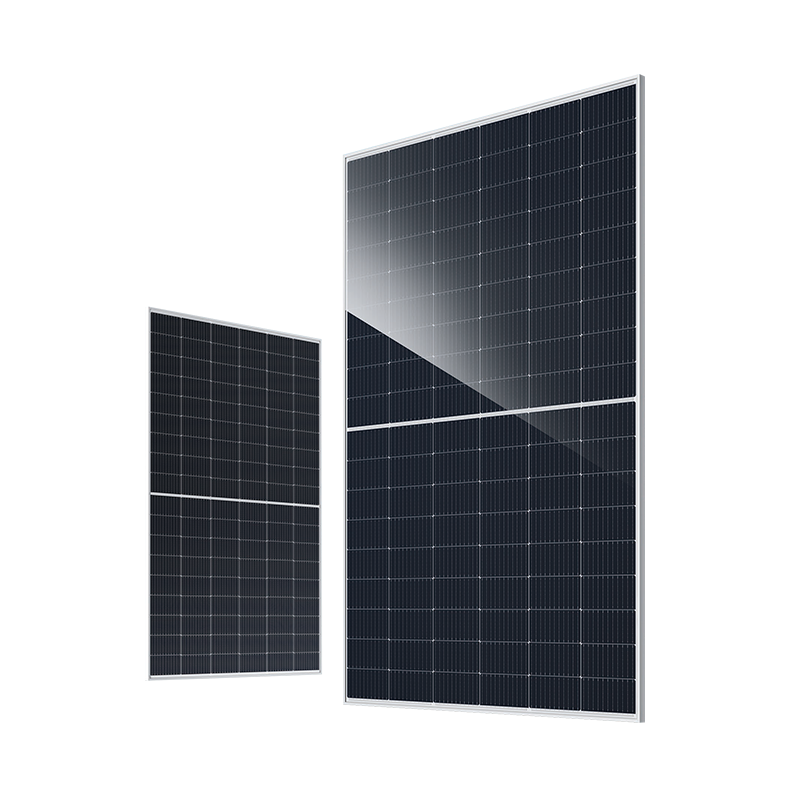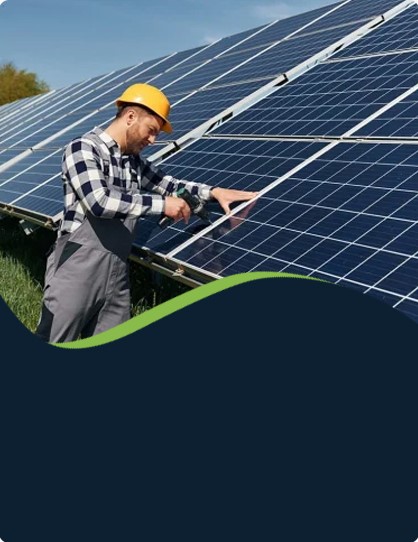
-
[email protected]

-
Building 1, No. 21 Shengfa Road, Lucheng District, Wenzhou, Zhejiang, China


The global shift toward renewable energy has placed photovoltaic (PV) modules at the forefront of sustainable power generation. As solar technology continues to advance, PV modules are becoming more efficient, durable, and accessible, driving widespread adoption in residential, commercial, and utility-scale applications. These solar energy workhorses convert sunlight directly into electricity, offering a clean and reliable alternative to traditional fossil fuel-based power sources.
Recent advancements in PV module technology have significantly improved energy conversion rates. Modern designs incorporate high-efficiency solar cells that capture more sunlight across various weather conditions and angles of incidence. Some innovative PV modules now feature bifacial designs, generating power from both sides by utilizing reflected light from surrounding surfaces. These improvements allow PV modules to deliver higher energy yields within the same physical footprint, making solar installations more productive than ever before.
Durability remains a critical focus in PV module development. Manufacturers have enhanced resistance to environmental stressors such as bad temperatures, humidity, and mechanical loads. Many contemporary PV modules undergo rigorous testing to withstand hail impacts, wind loads, and prolonged UV exposure. These robust designs ensure reliable performance over decades of operation, with lots of PV modules now carrying performance warranties of 25 years or more. The extended lifespan contributes to better return on investment for system owners while reducing long-term environmental impact.
The versatility of PV modules enables deployment in diverse settings and applications. Traditional rooftop installations continue to dominate residential markets, while ground-mounted systems power large-scale solar farms. Building-integrated PV modules are gaining traction in urban environments, seamlessly incorporating solar generation into facades, windows, and roofing materials. Portable PV modules have emerged for off-grid applications, providing clean energy solutions for remote locations and emergency power needs. This adaptability demonstrates how PV module technology can meet energy demands across different scales and environments.
Cost reductions have played a pivotal role in PV module adoption. Continuous manufacturing improvements and economies of scale have driven down prices significantly over the past decade. While early solar installations required substantial upfront investment, today's PV modules offer more affordable access to renewable energy. These cost improvements, combined with enhanced efficiency, have reduced payback periods for solar investments, making PV modules an increasingly attractive option for energy consumers worldwide.
Sustainability considerations extend beyond clean energy generation in modern PV module production. Many manufacturers now prioritize eco-friendly materials and processes throughout the product lifecycle. Some companies have implemented recycling programs for end-of-life PV modules, recovering valuable materials for reuse in new products. These circular economy approaches help less waste and further reduce the environmental footprint of solar technology. The combination of clean energy production and responsible manufacturing makes PV modules a key component in global sustainability efforts.
With ongoing technological improvements and increasing global commitment to renewable energy, PV modules are poised to play an even greater role in meeting world energy demands. Their combination of environmental benefits, improving economics, and technological innovation positions solar power as a cornerstone of sustainable energy systems. As research continues to push the boundaries of efficiency and application, PV modules will likely remain at the center of the clean energy transition for decades to come.
Your email address will not be published. Required field are marked*
